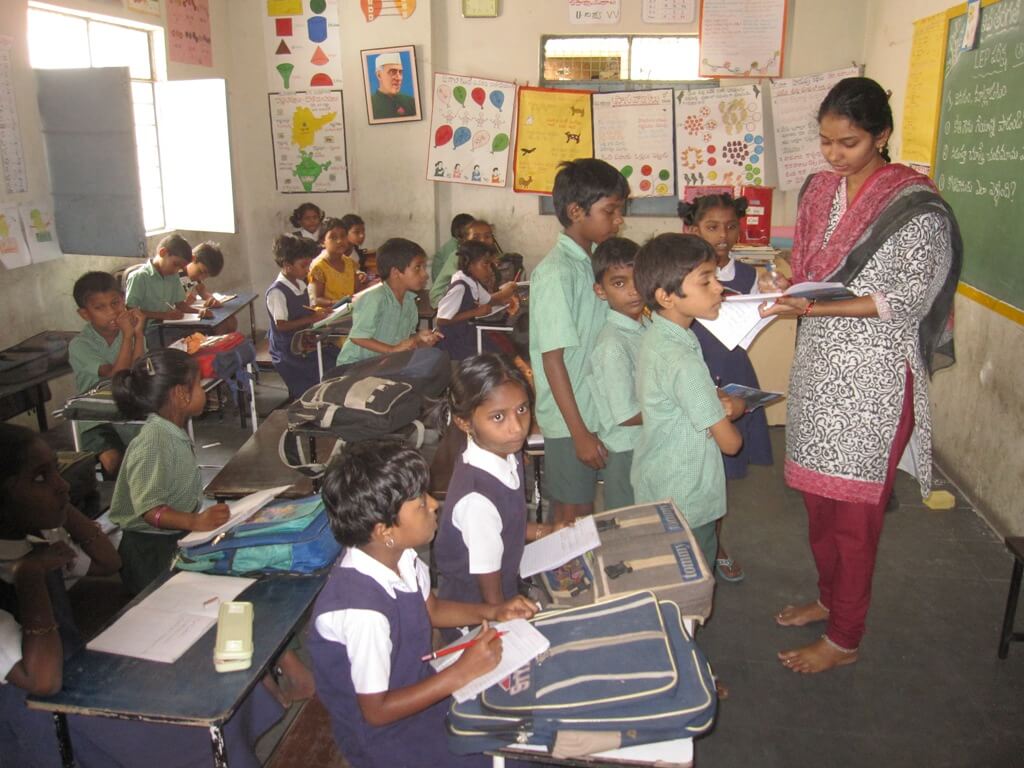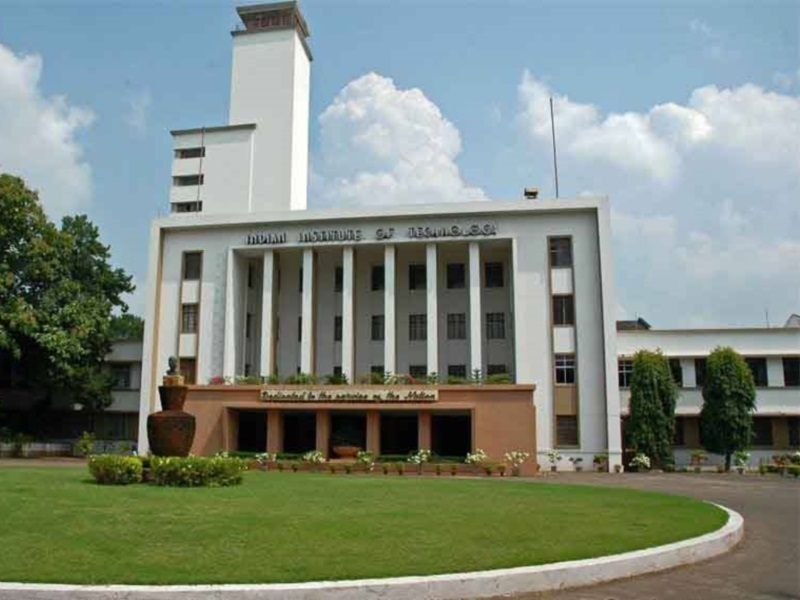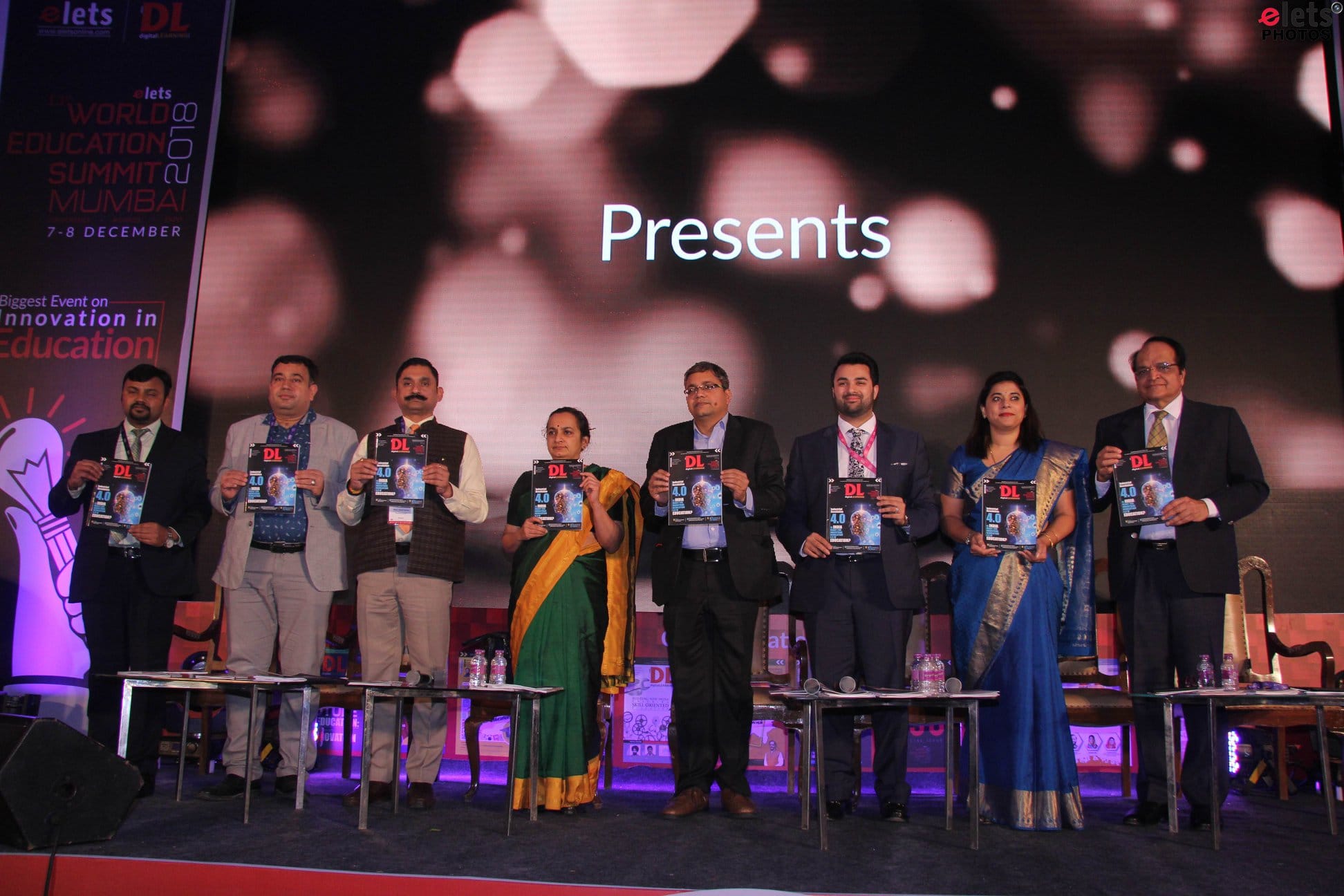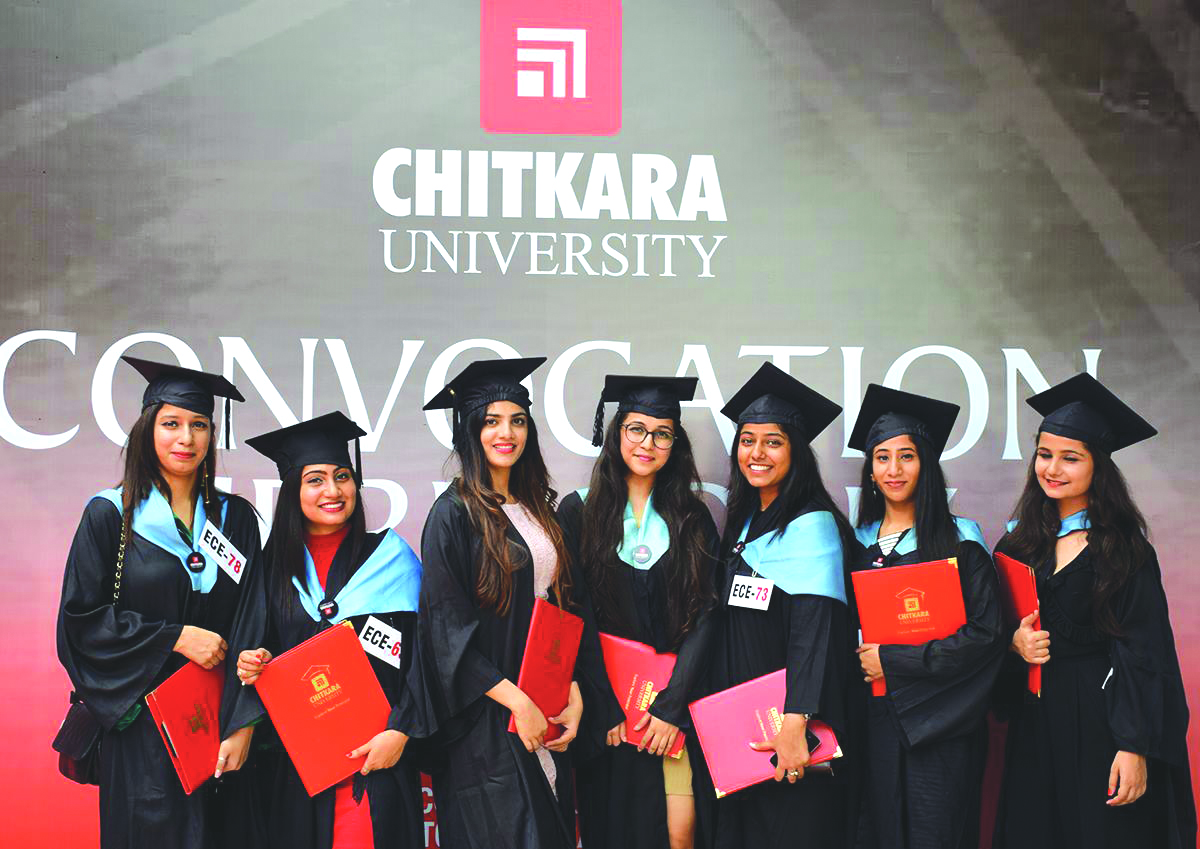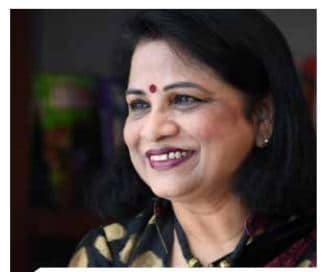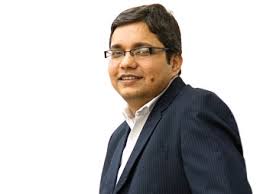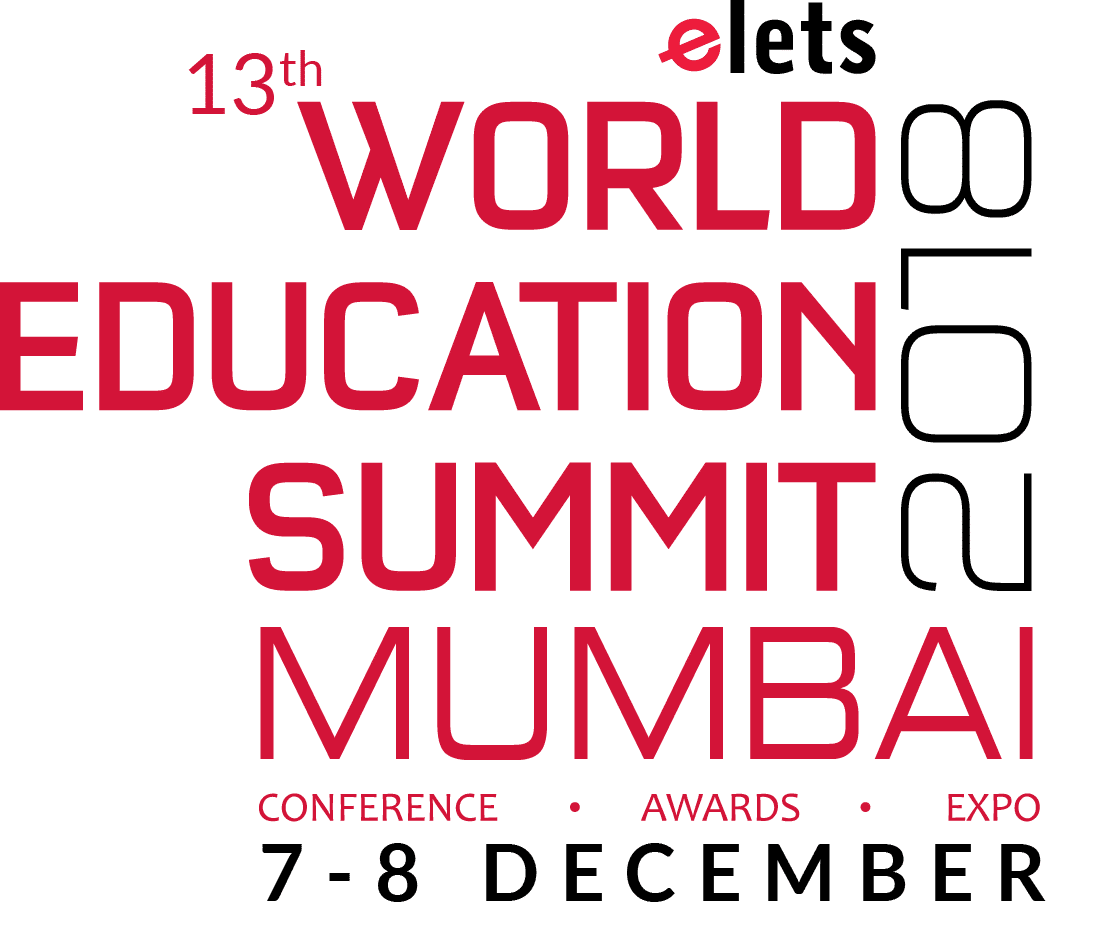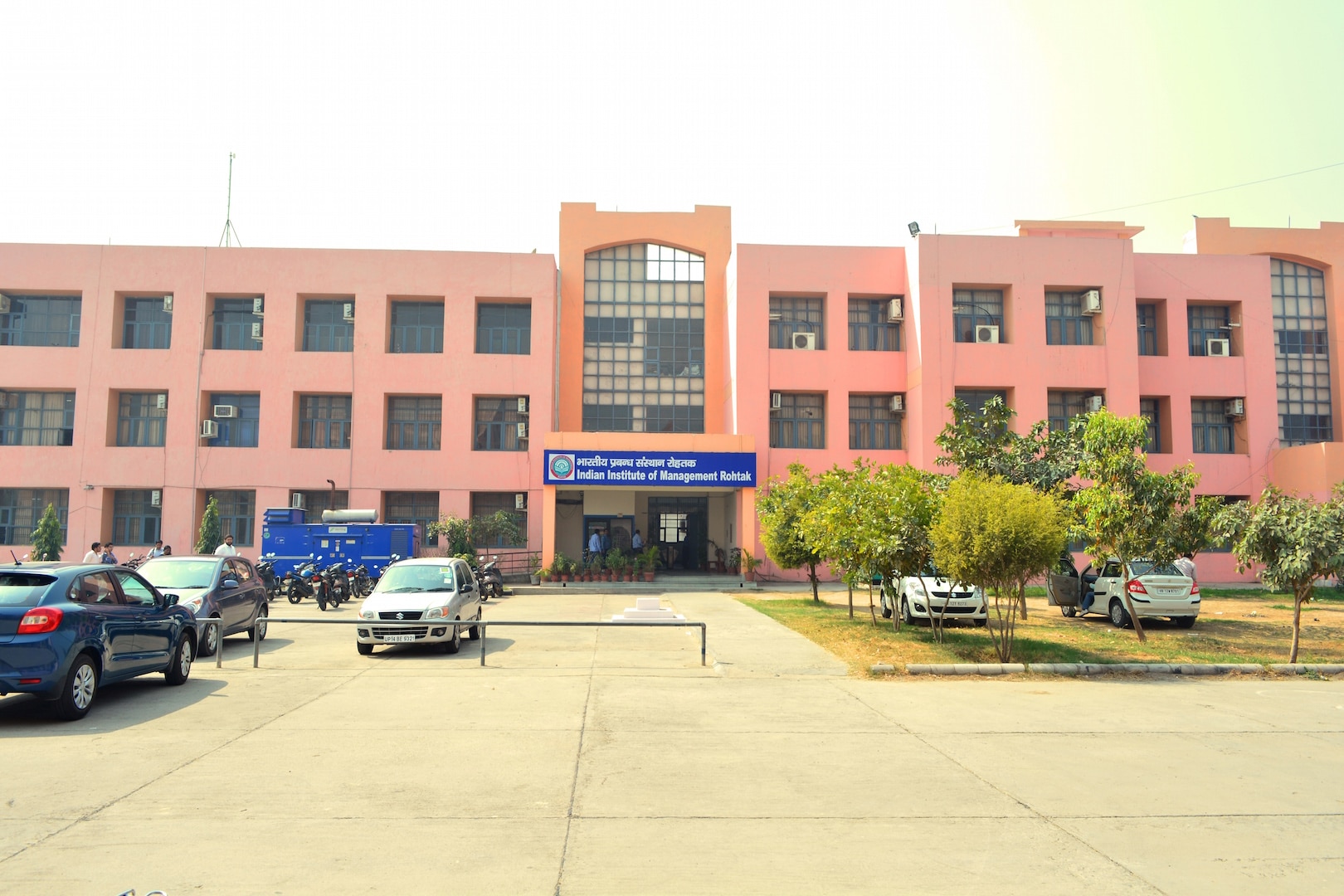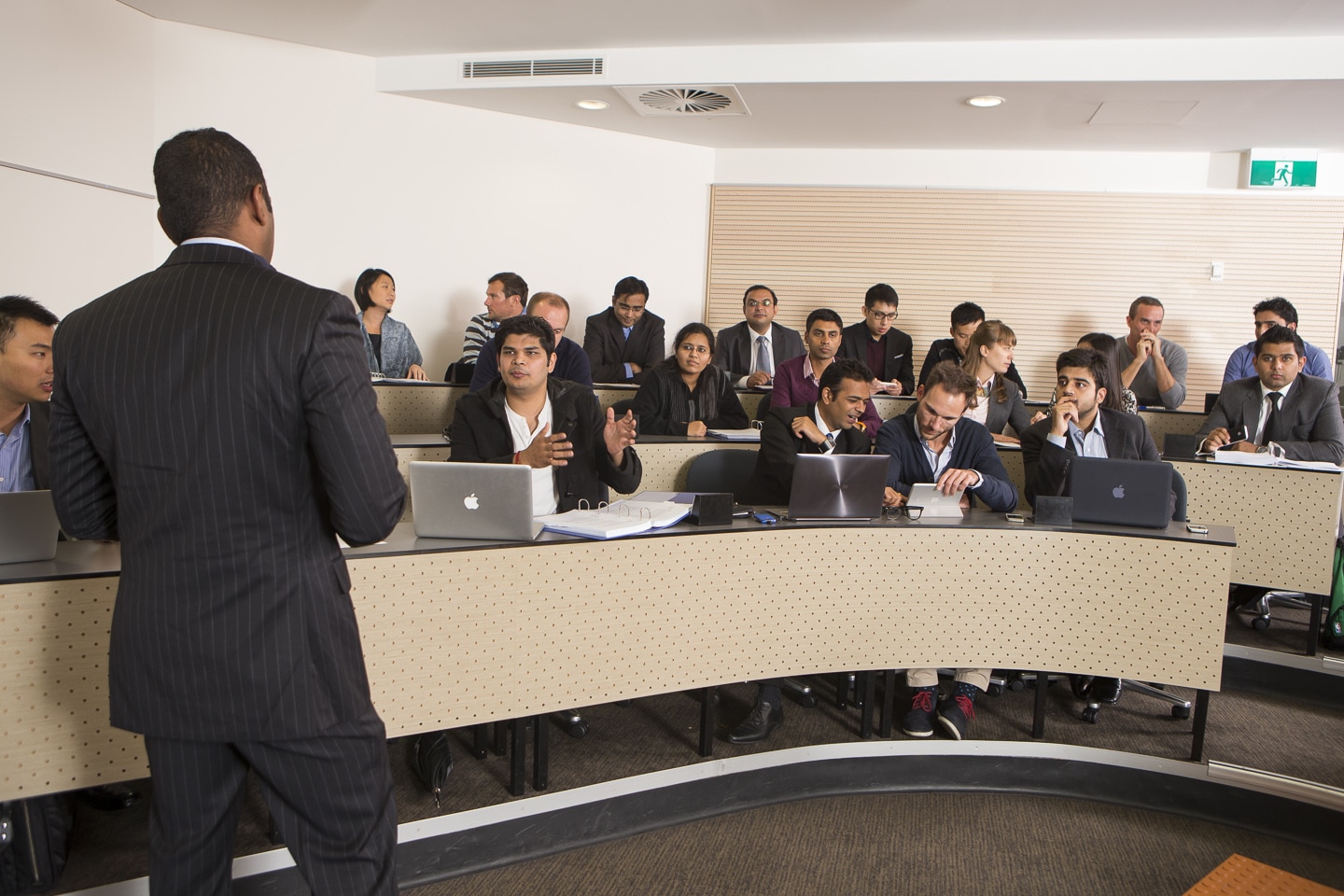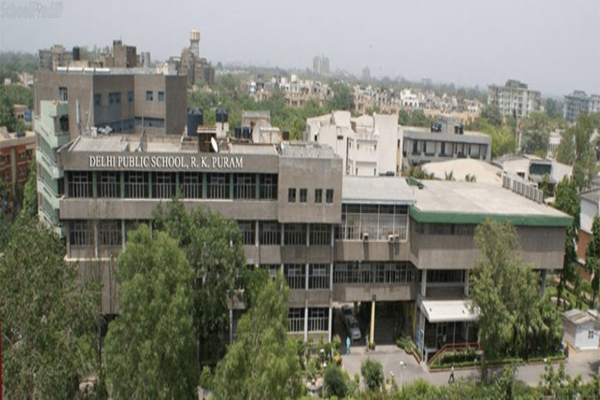The Government-industry-academia partnership was strengthened, as a galaxy of edu-leaders, decision-makers, industry leaders and regulators of prominent educational institutions, came together to brainstorm the roadmap of education in the steadily changing innovative world at the 13th World Education Summit (WES) in Mumbai.
Organised by Elets Technomedia Pvt Ltd,the two-day educational extravaganza was held from 8-9 December in Mumbai. Inaugurated by Meeta Rajiv Lochan, Principal Secretary; State Project Director, State Project Directorate – RUSA, Government of Maharashtra; Lt. Col. Kailash Bansal, Director, All India Council for Technical Education (AICTE); Major Harsh Kumar, Secretary, NCERT, and Nitin Kumar R Toprani, District Planning Officer, Government of Gujarat, the grand congregation served as a platform for numerous edu-leaders and stakeholders of the education sector to discuss and deliberate upon latest innovative practices in the education sector.
Underlining the importance of entrepreneurship among youth on the first day of the summit, Lochan, the Principal Secretary, said, “Nurturing entrepreneurial skills along with inculcating cutting-edge skills related to digital technology such as AI among students is very important and Rashtriya Uchchatar Shiksha Abhiyan (RUSA) Maharashtra is laying focus on this aspect.”
Speaking on this occasion, Dr Archana Thakur, Joint Secretary, University Grants Commission (UGC), said: “New India calls for an intelligent application of technology and with such a focus, we are employing all our resources to nurture country’s youth.”
Describing the rich educational heritage of India, Major Kumar, Secretary, NCERT, said, “It is important to know about our past to move confidently in the future and in India, we used to have an excellent schooling system known as ‘Gurukul’ which helped children in their holistic development.”
Highlighting the role of latest IT innovations in promoting startup culture across the country and nurturing entrepreneurship among students, Ramanan Ramanathan, Mission Director – Atal Innovation Mission (AIM) and Atal Tinkering Lab, said, “Industrial revolution 4.0 offers great opportunities for the educational ecosystem of India. It can help India become a knowledge economy soon.”
Stating that key projects are being envisioned by Atal Tinkering Lab projects under its future template to encourage start-ups across the country, Ramanathan said, “In recent times, a number of projects, unique to the needs of the country’s youth have been initiated across the country and many more are in the offing.”
Navin Mittal, Commissioner, Department of College and Technical Education, Government of Telangana, said, “While on one hand extracurricular activities help students to develop holistically, on the other, it is important for the present education system to collaborate with edu-tech industry for bringing innovation in teaching-learning processes.”
“All India Council for Technical Education (AICTE) is involved in a number of initiatives to enhance vocational and entrepreneurial knowledge base of students, especially those in far-flung areas, which require customized solutions,” said Lt Col Bansal, Director, AICTE.
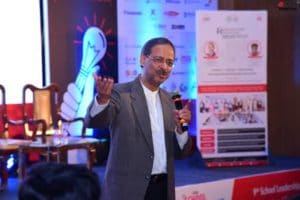
Highlighting the role of public-private partnership in education, Anil Swarup, CEO, State Development Council, Jharkhand, and former Secretary, School Education, Government of India, said, “There are good people in both sectors –– private and public. Both are required to enhance the educational ecosystem of the country and hence I am a great believer of PPP model in education.”
“The solutions to our educational woes will not come from the US, the UK or Finland but from our motherland, meaning — enough indigenous educational models exist across the country that require hand holding now. There are success stories in states such as Rajasthan, Madhya Pradesh etc, which were earlier considered to be among the lowest performing regions. But the status quo has now been changed,” the former Secretary of School Education added.
On the occasion, a special issue of the digitalLEARNING magazine was also launched. As part of the mega event, a galaxy of edu-leaders, decision-makers, regulators and industry leaders participated in several panel discussions holding significance for the education sector.
Stressing on the need for bridging trust-deficit between educators and students, Mark Parkinson, Investment Director, International Schools Partnership Limited (UK), said, “We need to create an educational ecosystem in which students trust educators, this is relevant across the globe.”
Ryan Pinto, CEO, Ryan Group of Institution, while participating in the CEO Panel discussion on Industrial Revolution 4.0 held during the summit, said: “We want to encourage experiential learning in our schools so that students remain passionate all the times.”
Advocating for increased thrust by educators on producing “better human beings”, Pinto added that Siri, Google and Facebook will not be able to tell us how to be a good person, so this limitation of the present IT-led times needs to be addressed too./
On a similar note, Dr Manjula Pooja Shroff, MD and CEO, Kalorex Group, added, “In today’s digital age, the mental strength of students needs to be nurtured because machines can do everything except being emotional.”
The educational extravaganza witnessed participation from various eminent key stakeholders of Government, preschool, school, higher education, skill and vocational training, edu-tech, and start-ups sector.
The notable edu-leaders participated in the summit included: Dr A Ashok, Secretary and Commissioner, Board of Intermediate Education, Govt. of Telangana; Amol Arora, Managing Director, Shemrock Group Of Schools; Shreevats Jaipuria, Vice Chairman, Seth M R Jaipuria Schools and Jaipuria Institute of Management; Debshankar Mukhopadhyay, CEO, Zee Learn Limited; Raghav Podar, Chairman, Podar Education; Anil Mammen, Chief of Learning, Design and Social Impact, Tata ClassEdge; Anirudh Gupta, CEO, DCM Group of Schools; Lakshmi Rao, Academic Director, Jain Group of Schools; Reekrit Serai, Director and Dean, Satluj Group of Schools; Mahesh Shetty, Whole Time Director, MT Educare, and Divya Lal, MD, Ebix Smartclass Educational, among others.
Dr Ravi Gupta, Founder Publisher and CEO Elets Technomedia Pvt Ltd and Editor-in-Chief digitalLEARNING magazine, on the occasion said: “Education has an important role to play in nation-building and one important aim of World Education Summits, being organised since 2011, serves as a platform for industry-academia-government partnership to help and better showcase innovations and initiatives that are playing an enabler role for this purpose.”
Visit Here For: 15th World Education Summit 2019, Mumbai










